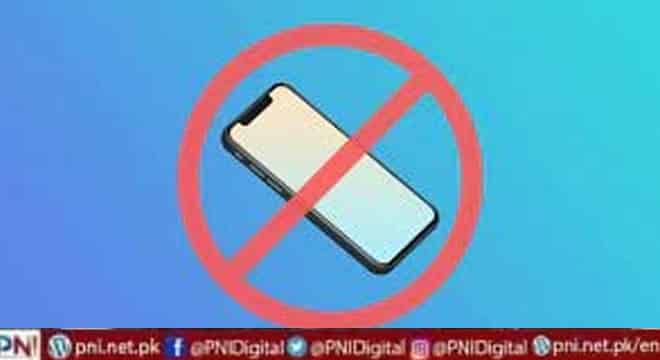ISLAMABAD, AUGUST 01 (Online): Experts say there are some simple things you can do during your day to reduce your exposure to digital technology.
Share on Pinterest
You open an app on your smartphone to clear an alert.
And look! A friend posted a picture from her vacation in Bora Bora.
The next thing you know you’ve clicked through the entirety of her 43-photo album.
You’ve also opened three browser windows to scope out the best time to travel to the Pacific island, how to get a deal on four-star resorts, and what bathing suit is best for your body type.
The bathing suit site prompts you to see its latest look on Instagram, where you have three new messages and 15 new likes to see.
An hour later, you remembered you were just trying to plan your meals for the week, and now you’re following Bora Bora natives and pinning a new straw hat for the beach to your “Dream Trip” board.
This digital time drain is real.
Having our phones, laptops, smart watches, and tablets constantly within reach has made us hyperconnected — and hyperdistracted.
We feel attached to the people and lives on our phones, but disconnected from our real life storylines.
Tom Kersting, PhD, is a licensed psychotherapist, and author of “Disconnected: How to Reconnect Our Digitally Distracted Kids.”
“No matter where you look, it seems that everyone is disengaged from the moment and instead staring at a device,” he told Healthline. “This is causing family issues, work issues, etcetera, as we become more disconnected from each other. These are classic signs of addiction.”
Think addiction is too strong a word for the constant need to check, and check again, everything from Instagram likes to work emails?
Perhaps not.
“Technology becomes a problem when it begins interfering with your daily life, leading to addiction,” Kimberly Hershenson, LMSW, a therapist practicing in New York, told Healthline.
Hershenson treats individuals with social media and technology addiction.
“Social media in particular is addictive given the validation factor.
Getting ‘likes’ on pictures or ‘follows’ on newsfeeds affirms our existence similar to someone smiling at you in real life,” she said.
“Quite simply, being acknowledged makes us feel good. Due to the constant availability of social media, this validation is available at our fingertips.”
The push to disconnect
It might be hard to remember a time without a smartphone, but keep in mind that the iPhone is only a decade old.
The internet as we know it is 25 years old.
Cell phones 15 years ago did little more than send SMS messages and make calls, and connecting to people 4,000 miles away with the click of a button was talk left for futuristic sci-fi movies.
Our digital addiction is new in the course of human history, and as it goes with most mainstream phenomena, a counterculture has cropped up to try to stymie it.
Restaurants have started banning phones from tables. One chicken restaurant incentivizes phone-free dining by offering families who put their phones in a “cell phone coop” free ice cream cones at the end of the meal.
Some tech companies encourage their employees to take a Digital Sabbath, a day (or at least a portion of a day) where they completely unplug and reconnect with a nondigital reality.
Even new technology is popping up to answer the need for less technology.
The Light Phone is a credit card sized phone that can only make calls, stores nine numbers, and displays the time. The cost is $150 for the phone and $5 in monthly phone charges. You can forward calls from your smartphone to the new phone, and leave behind the constant pings of social media and apps as often (or as little) as you’d like.
The demand for basic phones is growing, too. Sales of smartphones have slipped in recent years, and streamlined phones are gaining market share.
All of these trends point to a slow but deliberate shift to stop — or at least better control — our digital exposure every day.
Follow the PNI Facebook page for the latest news and updates.








